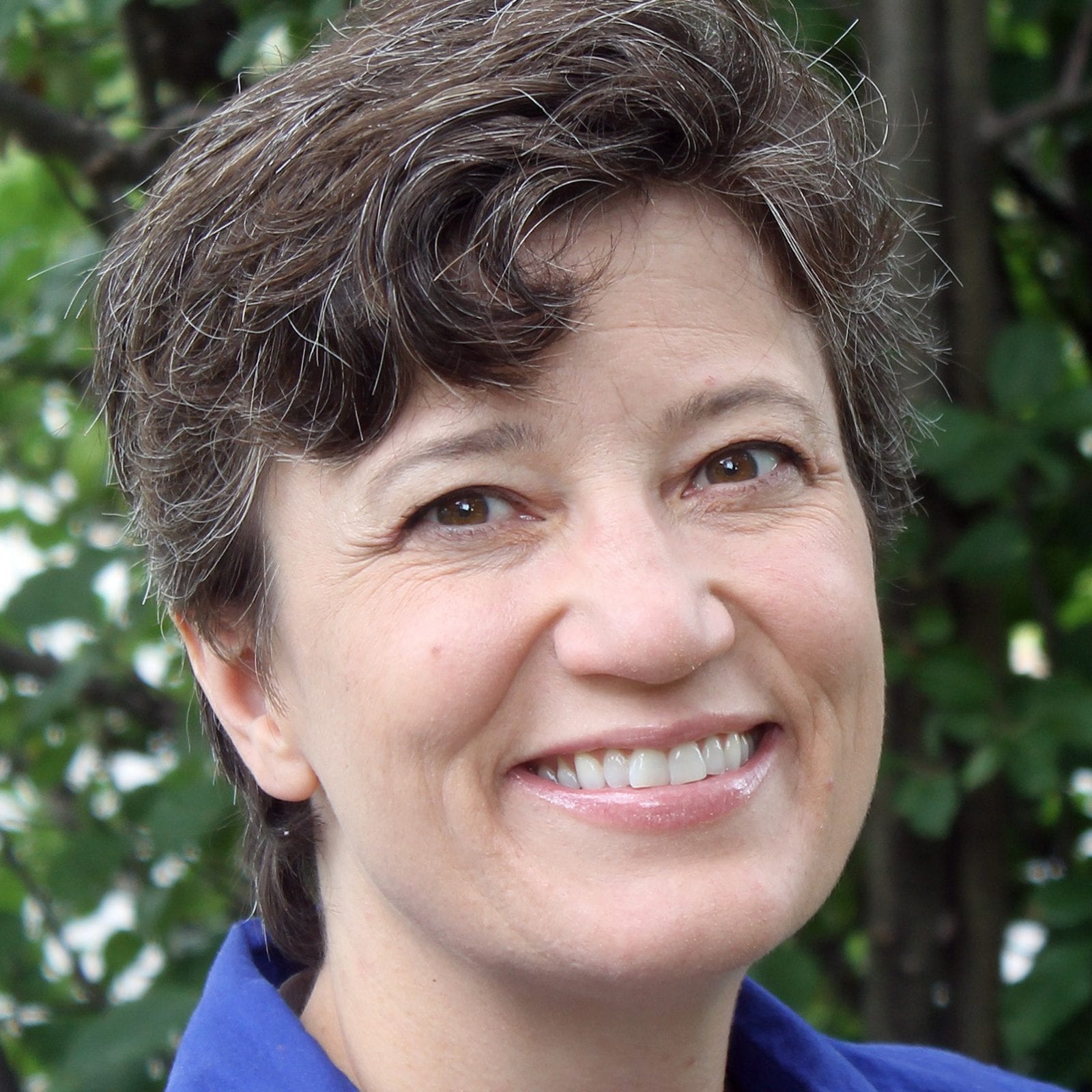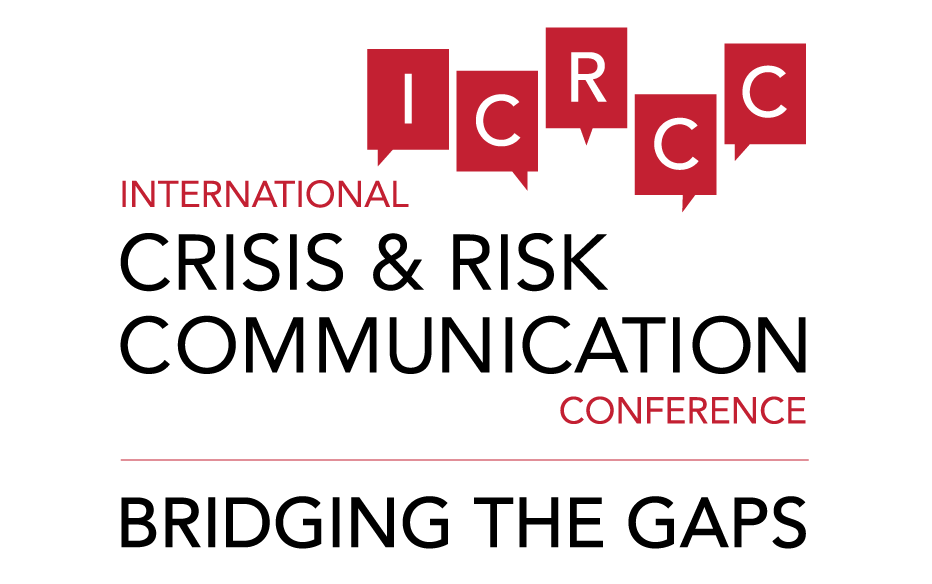
Assistant Professor of Public Relations
State University of New York at Plattsburgh
United States
Michelle Marasch Ouellette is an associate professor of public relations at the State University of New York College at Plattsburgh, where she specializes in crisis communications and the use of social media. She continues to serve on her college’s Emergency Management Advisory Committee , has helped monitor social media for wildfires in Washington and Alaska and is currently starting an emergency monitoring group in Plattsburgh. Previously she served as SUNY Plattsburgh’s director for public relations and Essex County ARC’s director for community relations, where she was charged with heading up communications efforts during a variety of crises, including the deaths of students, a mumps outbreak, the suicide of a chief executive and union battles.
#PrisonBreakNY and #SanBernardino: The Dangers and Opportunities Presented by Social Media in a Crisis
Co-Author and Presenter: Bianca Batista, Student, State University of New York College at Plattsburgh
A crisis happens. The big news breaks. Hundreds of media haunt your doorstep. Your agency’s communications team was never designed to handle the current glut of requests. And now you have social media to handle, too, but you can’t. At least you can’t do it well. Not with the workload you’re seeing.
This presentation will explore what can be learned about the use of social media from two case studies: the New York State Police and its handling of Richard Matt and David Sweat’s escape from the Clinton Correctional Facility and the San Bernardino Sheriff’s Department in the Inland Regional Center shooting.
It will share examples of the power of monitoring, the dangers of misinformation and the importance optimizing posts, so that they stand out. It will also discuss the reasons agencies must move social media from a bottom to a top priority.
Finally, it will share one way some public-safety/public-health agencies have been able to make that shift, amplifying both their ability to monitor and respond effectively. We’ll see how these efforts have resulted in a decrease in calls to those agencies, a great deal less chaos and a thankful and more informed constituency.


